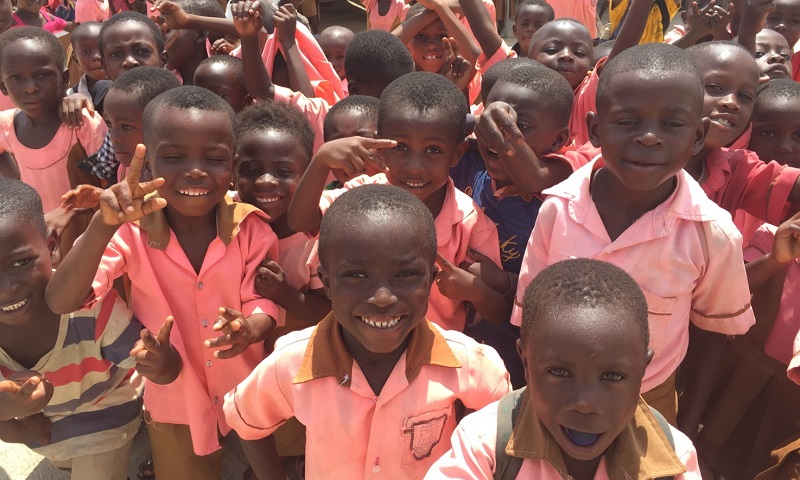
Within the past decade, there has been a surge in low-fee private schools in some of the poorest countries across the globe. In 2010, there were an estimated one million private schools in the developing world; however, the fastest-growing group of these are small low-fee private schools, run by entrepreneurs in poor areas that cater to those living on less than $2 (USD) a day.
In Ghana, the number of public schools grew by 4% between the 2009/2010 and the 2014/2015 school years, while the number of private schools grew by 46%. Additionally, great progress has been made towards the achievement of universal primary education in Ghana, due in part to the efforts of community members who have created low-fee private schools. Some of the world’s poorest parents are choosing to send their children to these schools, which are perceived to have greater operational accountability and better quality of education. However, because the tuition and/or fees are minimal, these schools continue to struggle with insufficient infrastructure, hiring qualified teachers, and accessing opportunities and resources that may only be granted to public schools by the government.
IDP Rising Schools Programme
In 2008, the IDP Foundation, Inc. president Irene Pritzker visited Ghana to learn about microfinance programmes. During her time there, she met Paulina, a local yam vendor and school owner in the Agbogbloshie slum market in Accra. Paulina applied for a microloan to reinforce the second floor of her school that served over 400 students; however, despite receiving loans for her yam business, she was denied the school loan.
After witnessing the market demand for microloans to support school proprietors, the IDP Foundation and local Ghanaian microfinance institution Sinapi Aba, created the IDP Rising Schools Programme. The goal of the programme is to assist low-fee private school owners with improving their schools through extensive training in financial literacy and school management, coupled with access to microloans that are offered at below market rates. These loans are used to stabilize schools’ infrastructure (i.e. purchase land where schools reside, build new bathrooms and classrooms, purchase buses, etc.). Additionally, the programme encourages school proprietors to register with the Ghana Education Service and engage with district officials.
The IDP Rising Schools Program began as a three-year pilot of 105 existing schools with an enrollment of 27,000 students. To date, the programme has proven to be sustainable by reaching over 500 primary schools and 123,000 students. Additionally, there has been a 96% loan repayment rate, with many schools owners like Lily Baah, who have taken multiple loans.
IDP Rising Schools and Baah Memorial School
Lily Baah started the Baah Memorial School in 2005 as a nursery with six students. The school has now expanded to include grade 9 (JHS3). As parents saw that Baah Memorial students were performing better than other schools, enrolment increased, resulting in the school’s need for better infrastructure to support the burgeoning student body.
After joining the IDP Rising Schools Programme during its pilot phase, Lily has since acquired seven loans. The first two loans were used to build 11 classrooms, which drove enrolment from 200 students in 2010 to 580 students in 2012. Her third and fourth loans were used to purchase a school bus and repair an older vehicle. Lily has also built gender separate bathrooms and a dormitory so that junior high students can study for their exams.
Impact and the Sustainable Development Goals
To rid the world of poverty is through basic education, and the IDP Rising Schools Programme has been integral in doing just that. The programme has assisted in the development of improved learning environments, which allow for students to acquire basic skills in reading, writing and numeracy, and the opportunity to learn about health. These acquired skills have a direct influence on incomes and informs both students and parents on how to protect themselves and their children from diseases.
Since the release of the Sustainable Development Goals (SDGs), the IDP Rising Schools Programme has identified that much of its work intersects at goals 1, 4, 5, 8 and 17. With the SDGs set forth, the programme is continuing to effectively grow and measure its impact, while supporting this rapidly growing sector.
While the focus may be to build more public schools to replace private schools, governments can leverage the cost-savings provided by existing schools and identify policies needed to support their improvement so that all children have access to quality education, thus breaking the cycles of illiteracy and poverty.
Learn more about the IDP Foundation's work on youth and education.
 Welcome to the United Nations
Welcome to the United Nations
